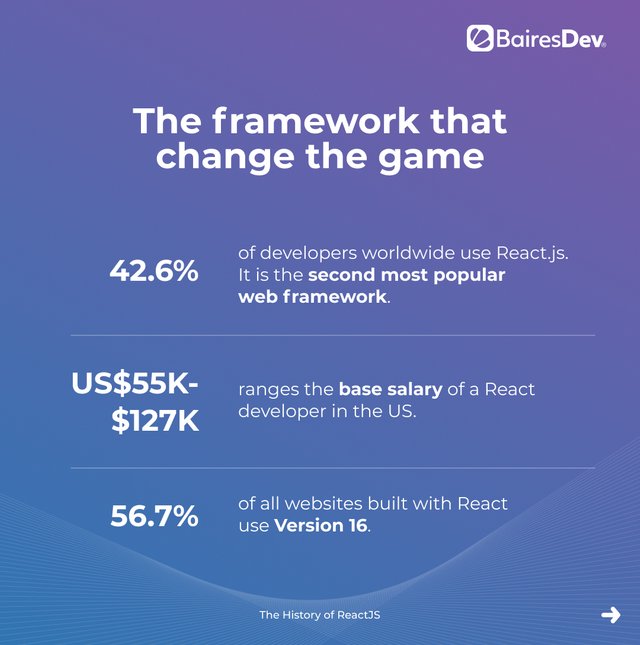As a seasoned software enthusiast, I have witnessed the evolution of many tools and technologies in the tech industry. One of the most remarkable ones is React.js. This JavaScript library has become the go-to choice for building complex and dynamic user interfaces, and it's hard to imagine modern web development without it. In this article, I'd like to take you on a journey through the history of React.js, from its early beginnings to its current status as one of the most popular front-end frameworks out there.
From Facebook's Internal Project to Public Adoption
The story of React.js starts at Facebook, where a group of developers led by Jordan Walke started working on a new framework for building web applications. The idea behind React was to create a more efficient way of managing UI components and their interactions with the user. Instead of relying on traditional approaches like manipulating the DOM directly or using templates, React used a virtual DOM that could update the UI in a more efficient and scalable way.
React was first introduced to the public in 2011, but it wasn't until 2013 that it gained wider recognition. At that time, Facebook had already started using React for its own products, and the library was gaining traction among developers outside the company.
Major Milestones: React Native, React Hooks, and React Fiber
In 2015, Facebook released React Native, a framework that allowed developers to build mobile apps using the same principles as React. This was a significant milestone for the React ecosystem, as it opened up new possibilities for cross-platform development.
Since then, React has continued to evolve and expand its features. One of the most significant updates was the introduction of React Hooks in 2018, which allowed developers to use state and other React features without writing classes. This simplified the codebase and made it more accessible for developers of all levels.
Another notable development in the history of React.js was the creation of React Fiber. This was a complete rewrite of the React core algorithm, designed to make it more performant and scalable. React Fiber was first introduced in 2017, and it has been gradually rolled out in subsequent releases.

Today, React.js is widely regarded as one of the most powerful and versatile front-end frameworks available. It has a thriving community of developers, with many open-source libraries and tools built around it. React has also inspired the creation of similar libraries in other programming languages, such as Vue.js and Angular.
In conclusion, the history of React.js is a testament to the power of innovation and collaboration in the tech industry. From its humble beginnings as an internal project at Facebook to its current status as a cornerstone of modern web development, React has come a long way. I'm excited to see where React will go in the future, and how it will continue to shape the way we build and interact with web applications.